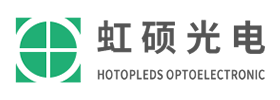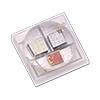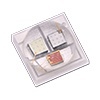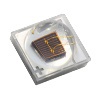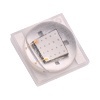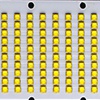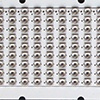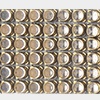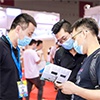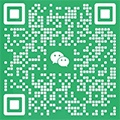Infrared wavelengths and applications
Hotopleds photoelectric infrared led light beads products, the wavelength range in the near infrared between 700-1600nm. Infrared ray can be divided into near infrared ray, short wave infrared ray, medium wave infrared ray and far infrared ray according to the wavelength segmentation.
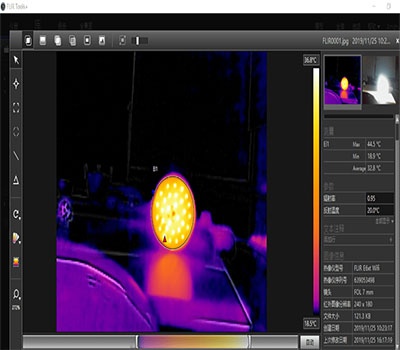
Infrared is essentially an electromagnetic wave with a wavelength between red light and electromagnetic waves, hence the name infrared. Infrared ray according to the wavelength segmentation, can be divided into near infrared, short-wave infrared, mid-wave infrared and far infrared. Hotopleds photoelectric infrared led light beads products, wavelength range in the near infrared between 700-1600nm, process is mature and reliable.
Near infrared wavelength range in 700nm-1400nm, this band of infrared light is mainly used led generation. 700-1000nm band of infrared light in the medical and health care field is very widely used, common infrared physical therapy equipment, etc. 850nm and 940nm due to the photoreceptor has a better imaging ability, so in the security monitoring above the use of a very much. 1000-1600nm wavelength of the more infrared led lamp beads, the process is mature and reliable. 1600nm wavelength is more often used in optical heating and measuring instruments.
Night vision - uses 700-950nm near-infrared light, which cannot be seen by the human eye, but can be detected by night vision devices.
Infrared communication - uses the band around 850nm or 950nm, e.g. infrared headsets and remote controls.
Food testing - using the 900-1400nm band, can detect protein, fat and other ingredients in food.
Short-wave infrared (1400nm-3000nm).
Infrared Thermal Imaging - Detects thermal infrared in the 1400-2000nm band, allowing you to obtain a heat distribution map of an object's surface.
Fibre optic communication - uses infrared light with a low loss window of 1500-1600nm for communication.
Moisture Detection - Using wavelengths near 1450nm and 1950nm, moisture content of plants, alcohol concentration, etc. can be detected.
Mid-wave infrared (3000nm-8000nm).
Gas Detection - Many gases have characteristic absorption spectra between 3-5μm and 7-14μm and can be used for gas detection.
Infrared detection and tracking - 3-5μm for thermal guidance, 7-14μm for thermal imaging.
Far Infrared (15000nm-1000000nm).
Astronomical observation - detection of far infrared radiation from galaxies and interstellar dust.
Greenhouse Gas Detection - Detection of radiation from greenhouse gases such as carbon dioxide, methane, and nitrous oxide.
Due to the different characteristics, the light sources used to generate infrared radiation are different. Near-infrared radiation below 1600nm is mainly generated using led light source elements, while far-infrared radiation relies on traditional methods such as electric heaters. The following links are Hotopleds photoelectric 850nm infrared led, 940nm infrared led and 1300nm infrared led, these are the more commonly used models.
